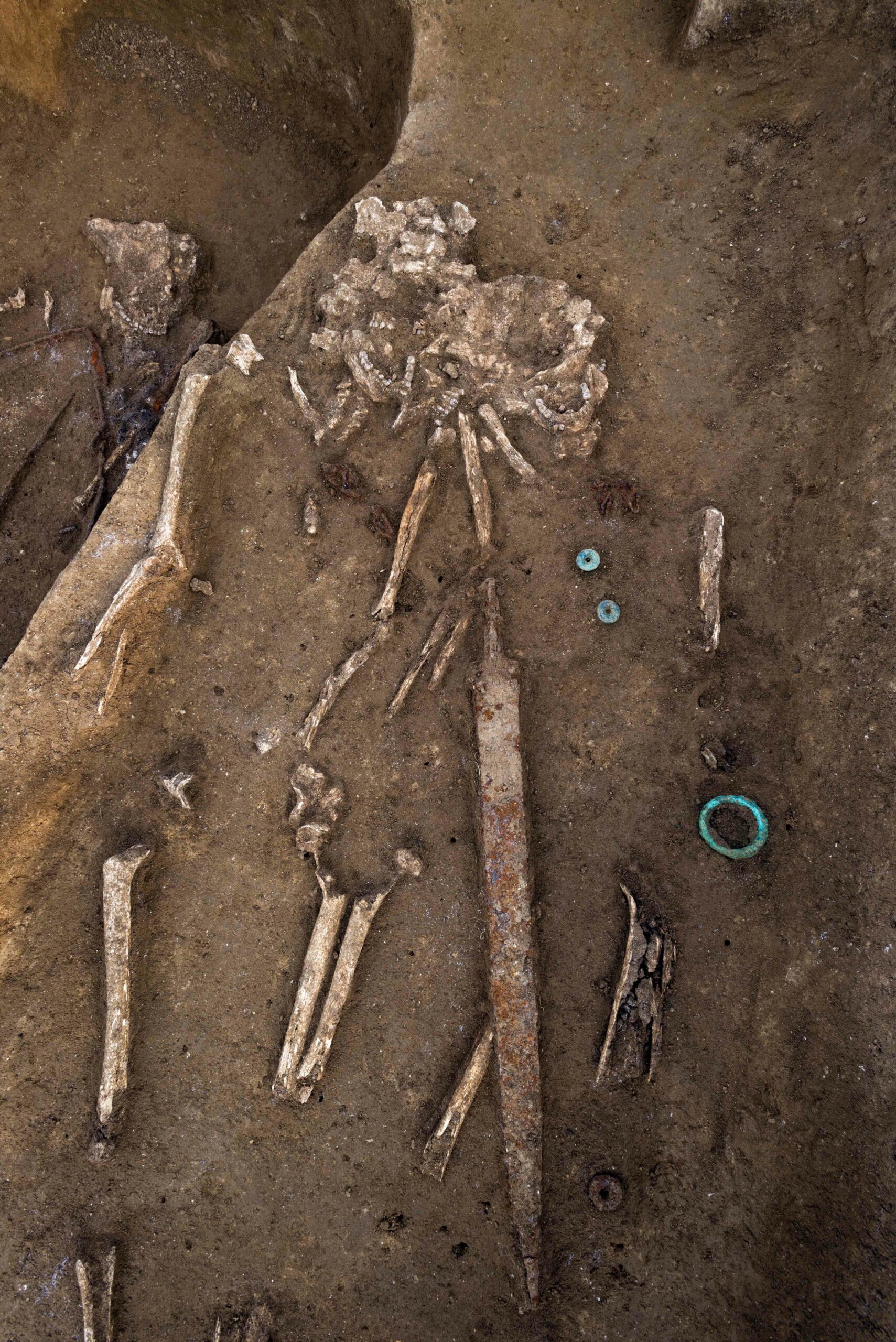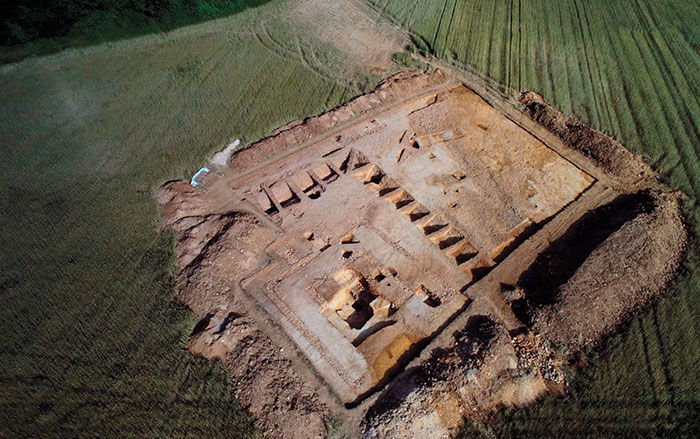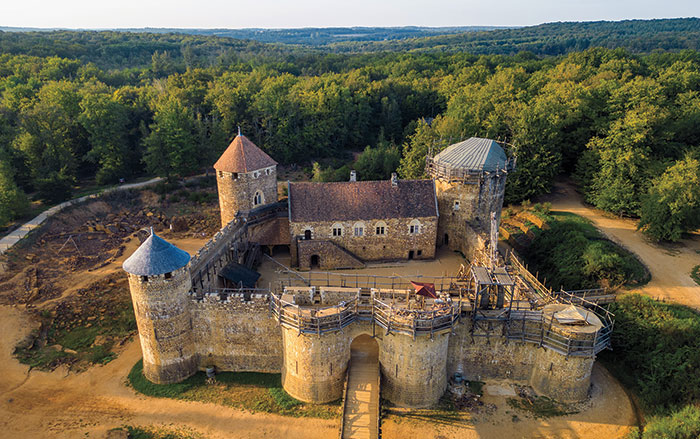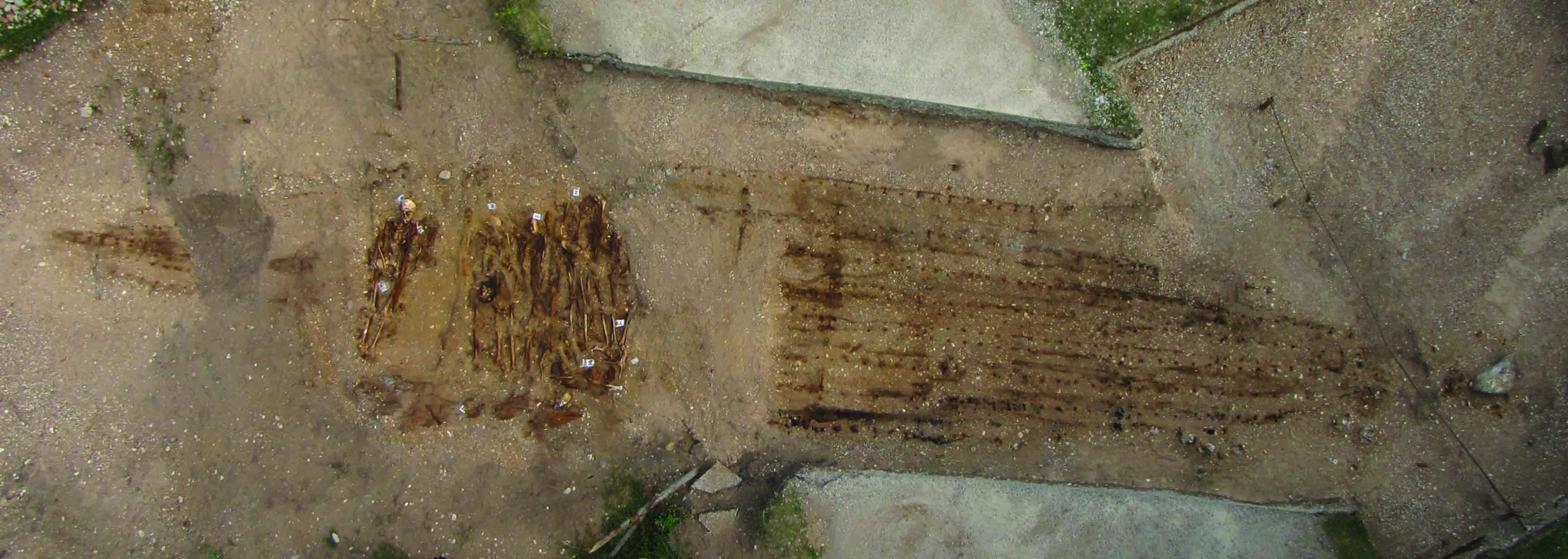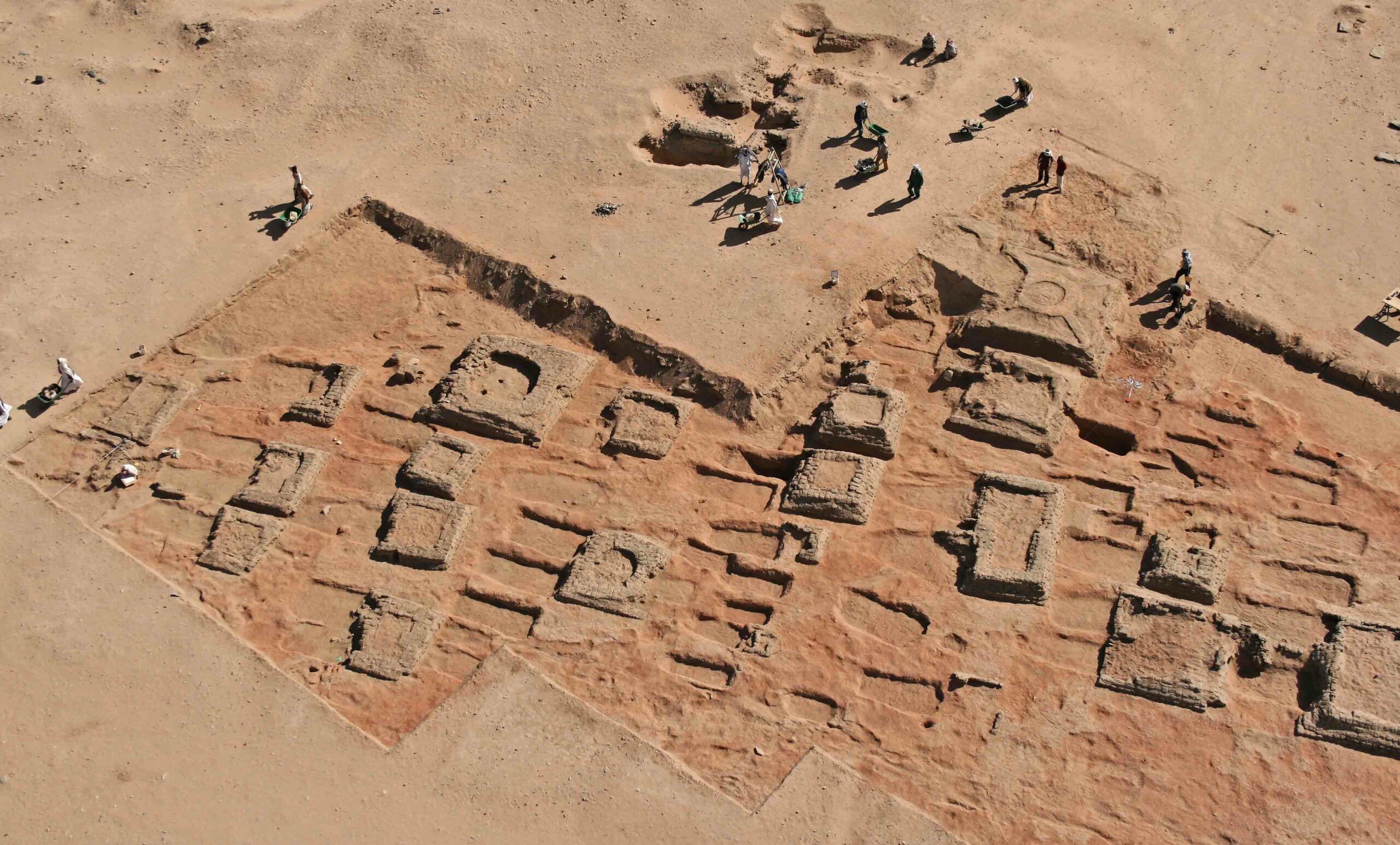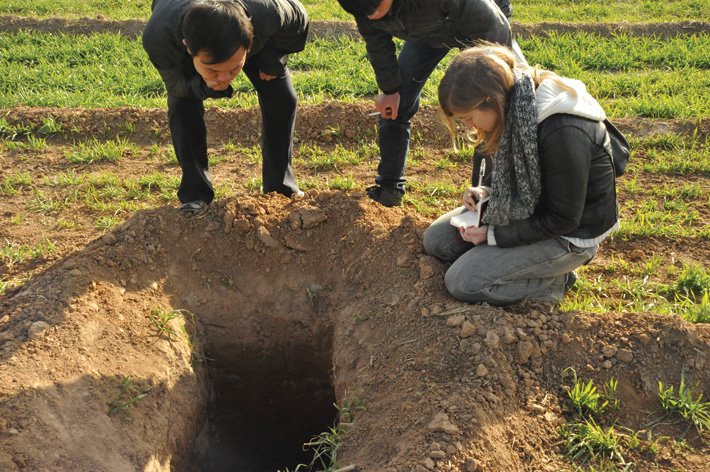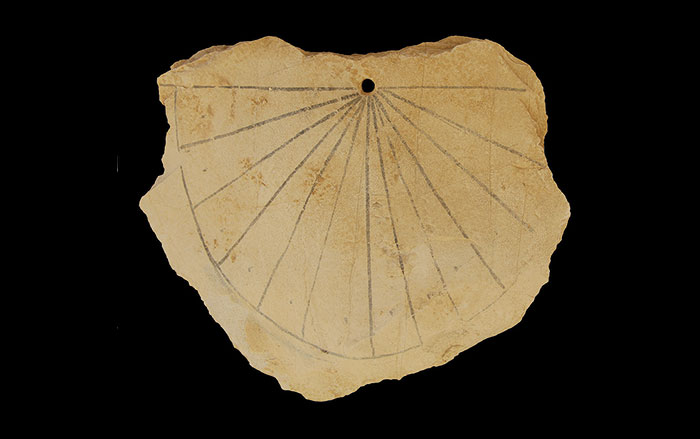
A necropolis recently discovered in northern France is providing remarkable new evidence of the La Tène Culture, enigmatic warriors who once dominated most of Iron Age Europe. The 15 richly adorned graves, 14 of which have been excavated thus far, were found near the town of Buchères and date to the fourth and third centuries B.C. The La Tène, named after a village in Switzerland where evidence of it was first found, was a Celtic culture that developed north of the Alps in the middle of the first millennium B.C. From there, its people migrated and spread their influence from Romania to Britain.
The 640 acres on which the La Tène necropolis is located are scheduled for commercial and economic development. The excavations are being conducted by L’Institut National de Recherches Archéologiques Préventives (INRAP), an organization that specializes in salvage archaeology. The most impressive burials belong to five warriors who were furnished in death with the full military panoply of the day. Bestowed upon the warriors were lances, shields, and swords, including one spectacular 28-inch example still in its scabbard.
Not far from these men, women were interred with a lavish assortment of bronze jewelry. Several women wore high-quality torques around their necks. Although their clothing has long disappeared, the remains of exquisite pins and coral-inlay brooches speak to the one-time splendor of their dress. There is no evidence of children’s graves, which the researchers say is not unusual for a La Tène cemetery.


